We all want to make the best decision when it comes to the well-being of our children. Autism spectrum disorder (ASD) can be challenging to live with. Autism is a spectrum condition, causing mild to severe symptoms that can impact a child’s happiness and independence. If your child is struggling and needs help, Applied Behavior Analysis (ABA) therapy is the proven way to teach them critical skills that ensure they have the necessary tools to face the world.
ABA therapy is the gold standard in autism care, and it works. It helps your child strengthen their natural talents and avoid challenging or unhealthy behavior that can harm themselves or others. In ABA, a Board-Certified Behavior Analyst (BCBA) will observe your child, collect data, and craft an individualized care plan that considers your needs. Then, a Registered Behavior Technician (RBT) will work with your child one-on-one to help them overcome challenges while communicating with the BCBA about the treatment state.
Every child on the spectrum is unique, and their care plan will reflect this. ABA interventions differ depending on a child’s age, behavior, development, willingness to learn, and circumstance. At ABA Centers of Georgia, we believe every child diagnosed with autism is entitled to live to the fullest, free from constraints, supported, and comfortable with their environment. If you wish to make an informed decision regarding your child’s care, discover how ABA therapy can benefit them in this article.
ABA Therapy Step One: What is a BCBA?
A Board Certified Behavior Analyst (BCBA) will be the first point of interaction after obtaining an autism diagnosis. They are an expert with an advanced degree in Applied Behavior Analysis and training under another BCBA, requiring fieldwork. They must also attain a challenging board certification with a 50% pass rate.
A BCBA will meet with you and your child, factor in your needs, and craft an individualized plan. Afterward, they receive data about your child, supervise the implementation, and change it if needed. They will always know your child’s situation and work strenuously to meet certain goals.
ABA Therapy Step Two: What is an RBT?
A BCBA supervises a Registered Behavioral Technician (RBT). They spend hours in one-to-one therapy with your child, in the home, a center, or a different environment, to teach them the abilities they need to grow. Following the specific plan made by the BCBA, they collect data and remain in communication with the BCBA to ensure the accomplishment of goals.
How Can ABA Therapy Help?
Some of the goals ABA Therapy can accomplish are:
- Improving communication and interpersonal skills, teaching language skills
- Addressing challenging behaviors, including communication problems, coping with aggression, tantrums, running away, or self-harm
- Teaching skills required for daily living, such as grooming, brushing teeth, and personal hygiene
BCBAs and parents RBTs help parents understand the underlying causes behind their child’s behaviors. Through observing ABA therapy, you can learn how to help your neurodivergent child:
- Thrive in an academic setting or their community.
- Help with maladaptive behavior in the home
- Learn self-advocacy and how to express needs and wants.
- Improve empathy and form stronger connections with others.
- Discover coping mechanisms for sensory overload and other aggressive behaviors.
The Basics of ABA Therapy
ABA therapy is a step-by-step process that addresses your child’s specific needs.
Consulting and Assessment – The first step on this journey is a consultation with the BCBA, which administers the functional behavior assessment (FBA). This step helps them understand your child’s strong points and areas where they need help. The BCBA will also observe your child and factor this into the plan.
Creating a Formal Plan – After this initial assessment, the BCBA determines a therapeutic approach and sets goals for your child. The therapy plan will address what is most needed, teaching the skills your child struggles with. The RBT will then work within your preferred environment, whether at home sessions, in schools, on a playground, or at a clinic, and record data on whether your child is reacting well to the plan.
Positive Reinforcement – ABA therapy is approached with compassion and patience, employing positive reinforcement to strengthen behaviors. The BCBAs identify goals, such as ensuring your child ties their shoes before leaving the house. Each time your child performs healthy behavior successfully, they receive reinforcement through a specific reward they like. Rewards can be toys, time in front of the television, a video game, or something as simple as praise.
How ABA Approaches Behavior
When someone on the spectrum displays challenging behavior, they don’t do so out of malice. These behaviors are ways of expressing a want or a need, and they lack the necessary language or social abilities to do so healthily. ABA embraces the principles of “A-B-Cs,” in which therapists learn the underlying reason for the behavior. The ABCs are as follows:
- A – Antecedent (what occurs before a behavior)
- B – Behavior (the activity the therapy intends to impact)
- C – Consequence (what occurs after a behavior)
When you know the triggers of behavior and why it occurs, your child can adapt toward healthier alternatives with better outcomes.
Parental Training – Family involvement is an essential part of ABA therapy. Since the care can happen in environments like your home, you can observe and learn from ABA techniques. Your understanding of your child will grow as you determine what makes them angry, how to communicate, and how to grow together toward a mutually trusting relationship.
Intervention Assessments – ABA is a data-driven process, and our BCBAs will determine if the goals are achievable or if the plans need to be adjusted. Typically, this assessment occurs every six months, though it can occur sooner if the child is not reacting well to the approach. This level of individualization and adaptability ensures your child is continually growing in a positive and achievable direction.
How much does ABA therapy cost?
ABA is an individualized therapy, which means the costs are context dependent. Some people require more hours and more aggressive interventions. Luckily, many insurances and state rules cover ABA. There also exist several government assistance programs. Some factors that may impact the overall cost are:
- How many hours and sessions of ABA therapy are needed.
- The intensity of the interventions.
- Specific additional services requested.
- The RBT’s and BCBA’s level of training and experience.
How do you find a therapist you can trust?
When it comes to your child, you want the best level of care possible. These are questions you should ask while considering any ABA provider.
- How much training do your RBTs and BCBAs receive?
- How many hours of therapy or sessions do you recommend weekly?
- Can I watch these ABA sessions?
- How many people will be on the therapy team to help my child grow?
- What type of data do you collect on behavior?
- Do you offer in-home ABA therapy?
- What approaches to ABA therapy do you favor?
ABA Centers of Georgia and ABA Therapy
At ABA Centers of Georgie, we have the necessary experience, expertise, know-how, compassion, and resources to help your child thrive. With early intervention, you can see your child grow and learn incredible abilities to help them excel in relationships and their career.
We work with people of all ages to teach them coping mechanisms that help them grow.
Call us today at (855) 929-5058 or reach out online for a free consultation, and feel free to share this article with anyone you know that could benefit from ABA therapy for a better life.









